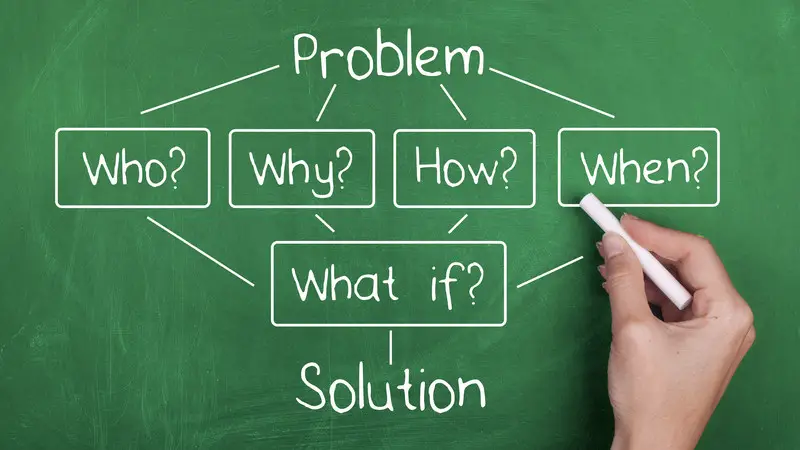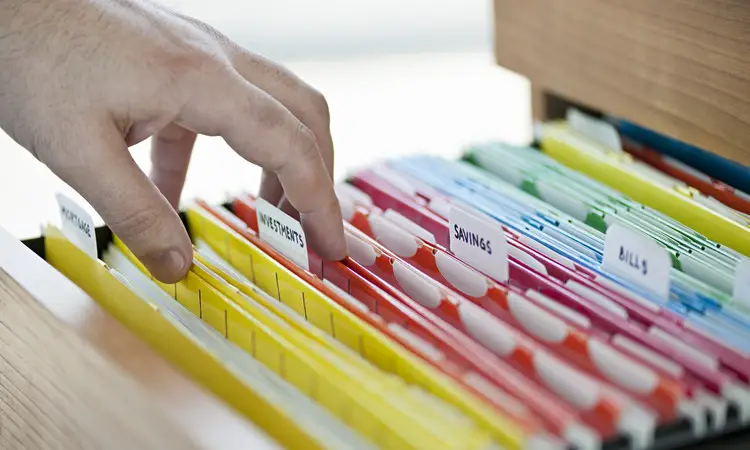A mental process or a phenomenon dedicated towards solving problems by discovering and analyzing the problem is referred to as problem-solving. It is a process dedicated to finding not just any solution, but the best solution to resolve any problems. There is no such thing as one best way to solve every kind of problem, since there are unique problems depending upon the situation there are unique solutions too.

In psychology, problem solving doesn’t necessarily refer to solving psychological/mental issues of the brain. The process simply refers to solving every kind of problems in life in a proper manner. The idea of including the subject in psychology is because psychology deals with the overall mental process. And, tactfully using our thought process is what leads to the solution of any problems.
There are number of rigid psychological steps involved in problem solving, which is also referred as problem-solving cycle. The steps are in sequential order, and solving any problem requires following them one after another. But, we tend to avoid following this rigid set of steps, which is why it often requires us to go through the same steps over and over again until a satisfactory solution is reached.
Here are the steps involved in problem solving, approved by expert psychologists.
1. Identifying the Problem
Identifying the problem seems like the obvious first stem, but it’s not exactly as simple as it sounds. People might identify the wrong source of a problem, which will render the steps thus carried on useless.
For instance, let’s say you’re having trouble with your studies. identifying the root of your failure is your first priority. The problem here could be that you haven’t been allocating enough time for your studies, or you haven’t tried the right techniques. But, if you make an assumption that the problem here is the subject being too hard, you won’t be able to solve the problem.
2. Defining/Understanding the Problem

It’s vital to properly define the problem once it’s been identified. Only by defining the problem, further steps can be taken to solve it. While at it, you also need to take into consideration different perspectives to understand any problem; this will also help you look for solutions with different perspectives.
Now, following up with the previous example. Let’s say you have identified the problem as not being able to allocate enough time for your studies. You need to sort out the reason behind it. Have you just been procrastinating? Have you been too busy with work? You need to understand the whole problem and reasons behind it, which is the second step in problem solving.
3. Forming a Strategy
Developing a strategy is the next step to finding a solution. Each different situation will require formulating different strategies, also depending on individual’s unique preferences.
Now, you have identified and studied your problem. You can’t just simply jump into trying to solve it. You can’t just quit work and start studying. You need to draw up a strategy to manage your time properly. Allocate less time for not-so-important works, and add them to your study time. Your strategy should be well thought, so that in theory at least, you are able to manage enough time to study properly and not fail in the exams.
4. Organizing Information

Organizing the available information is another crucial step to the process. You need to consider
- What do you know about the problem?
- What do you not know about the problem?
Accuracy of the solution for your problem will depend on the amount of information available.
The hypothetical strategy you formulate isn’t the all of it either. You need to now contemplate on the information available on the subject matter. Use the aforementioned questions to find out more about the problem. Proper organization of the information will force you to revise your strategy and refine it for best results.
5. Allocating Resources
Time, money and other resources aren’t unlimited. Deciding how high the priority is to solve your problem will help you determine the resources you’ll be using in your course to find the solution. If the problem is important, you can allocate more resources to solving it. However, if the problem isn’t as important, it’s not worth the time and money you might spend on it if not for proper planning.
For instance, let’s consider a different scenario where your business deal is stuck, but it’s few thousand miles away. Now, you need to analyze the problem and the resources you can afford to expend to solve the particular problem. If the deal isn’t really in your favor, you could just try solving it over the phone, however, more important deals might require you to fly to the location in order to solve the issue.
6. Monitoring Progress

You need to document your progress as you are finding a solution. Don’t rely on your memory, no matter how good your memory is. Effective problem-solvers have been known to monitor their progress regularly. And, if they’re not making as much progress as they’re supposed to, they will reevaluate their approach or look for new strategies.
Problem solving isn’t an overnight feat. You can’t just have a body like that of Brad Pitt after a single session in the gym. It takes time and patience. Likewise, you need to work towards solving any problem every day until you finally achieve the results. Looking back at the previous example, if everything’s according to plan, you will be allocating more and more time for your studies until finally you are confident that you’re improving. One way to make sure that you’re on a right path to solving a problem is by keeping track of the progress. To solve the problem illustrated in the first example, you can take self-tests every week or two and track your progress.
7. Evaluating the Results
Your job still isn’t done even if you’ve reached a solution. You need to evaluate the solution to find out if it’s the best possible solution to the problem. The evaluation might be immediate or might take a while. For instance, answer to a math problem can be checked then and there, however solution to your yearly tax issue might not be possible to be evaluated right there.
Takeaways
- Take time to identify the possible sources of the problem. It’s better to spend a substantial amount of time on something right, than on something completely opposite.
- Ask yourself questions like What, Why, How to figure out the causes of the problem. Only then can you move forward on solving it.
- Carefully outline the methods to tackle the problem. There might be different solutions to a problem, record them all.
- Gather all information about the problem and the approaches. More, the merrier.
- From the outlined methods, choose the ones that are viable to approach. Try discarding the ones that have unseen consequences.
- Track your progress as you go.
- Evaluate the outcome of the progress.


